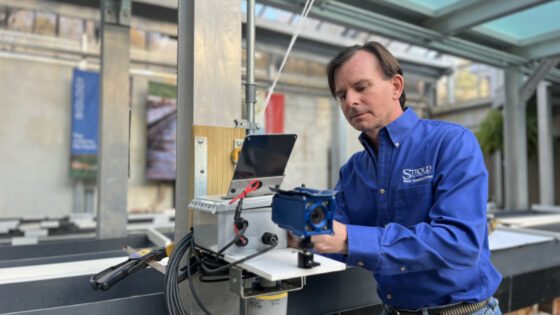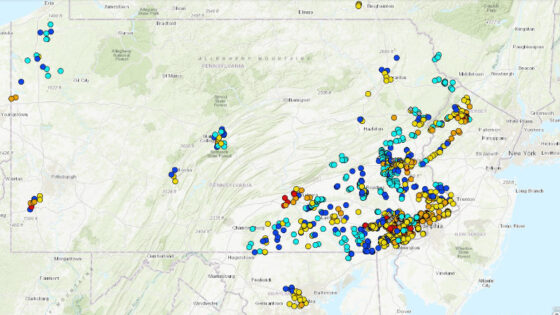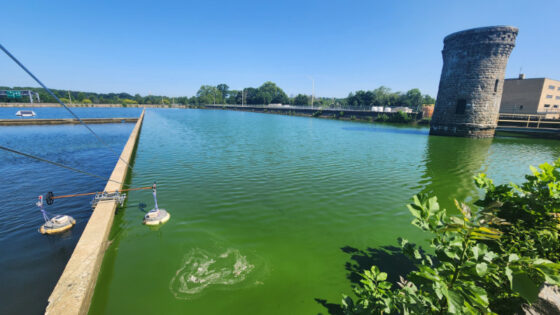Georgian, T., J.D. Newbold, S.A. Thomas, M.T. Monaghan, G.W. Minshall, and C.E. Cushing. 2003. Journal of the North American Benthological Society 22:2–15.
Abstract
The transport of fine particulate organic matter (FPOM) in streams is an important process that links stream reaches, but until recently little was known about the distances traveled by fine particles in streams or the mechanisms governing their transport, deposition, and resuspension. Within the past decade, a number of studies have measured FPOM transport distances using either natural stream particles or a variety of artificial particles as FPOM surrogates. The purpose of our study was to compare estimates of FPOM transport distances in streams using: 1) radioactively labeled natural FPOM, and 2) corn pollen as an FPOM surrogate. We compared the particle types with simultaneous releases at 3 locations in Bloomington Creek, Idaho, and in a streamside flume in Pennsylvania. Mean transport distances in the stream and in the flume ranged from 49 to 637 m for corn pollen, compared with 23 to 1164 m for natural FPOM. Particle deposition velocities, which adjust for the effects of water depth and velocity on transport distance, had narrower ranges: 0.094 to 0.31 mm/s for pollen and 0.051 to 0.25 mm/s for natural FPOM. Pollen and FPOM transport distances were not significantly different at 2 of the stream sites, whereas corn pollen transport was significantly shorter at the 3rd stream site and significantly longer in the flume. We conclude that corn pollen, although not an exact mimic of natural particles, provides estimates of FPOM transport that are well within the limits of precision obtained with other methods. Corn pollen and other seston surrogates can serve as useful standard particles for comparing FPOM dynamics in streams with a variety of geomorphic and hydraulic characteristics.
Funding
NSF Award No. DEB-0096276. Title: LTREB: Stream ecosystem structure and function within a maturing deciduous forest. Duration: August 1998–July 2003. Principal Investigator: L.A. Kaplan. Co-principal investigators: B.W. Sweeney, T.L. Bott, J.D. Newbold, J.K. Jackson, and L.J. Standley.



